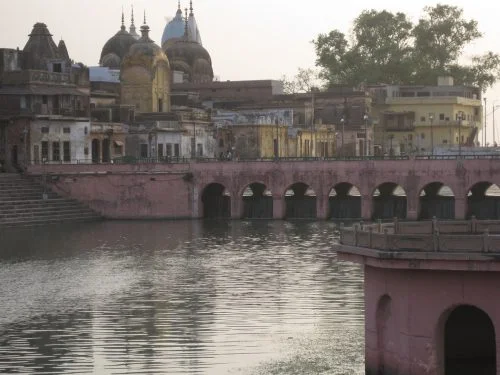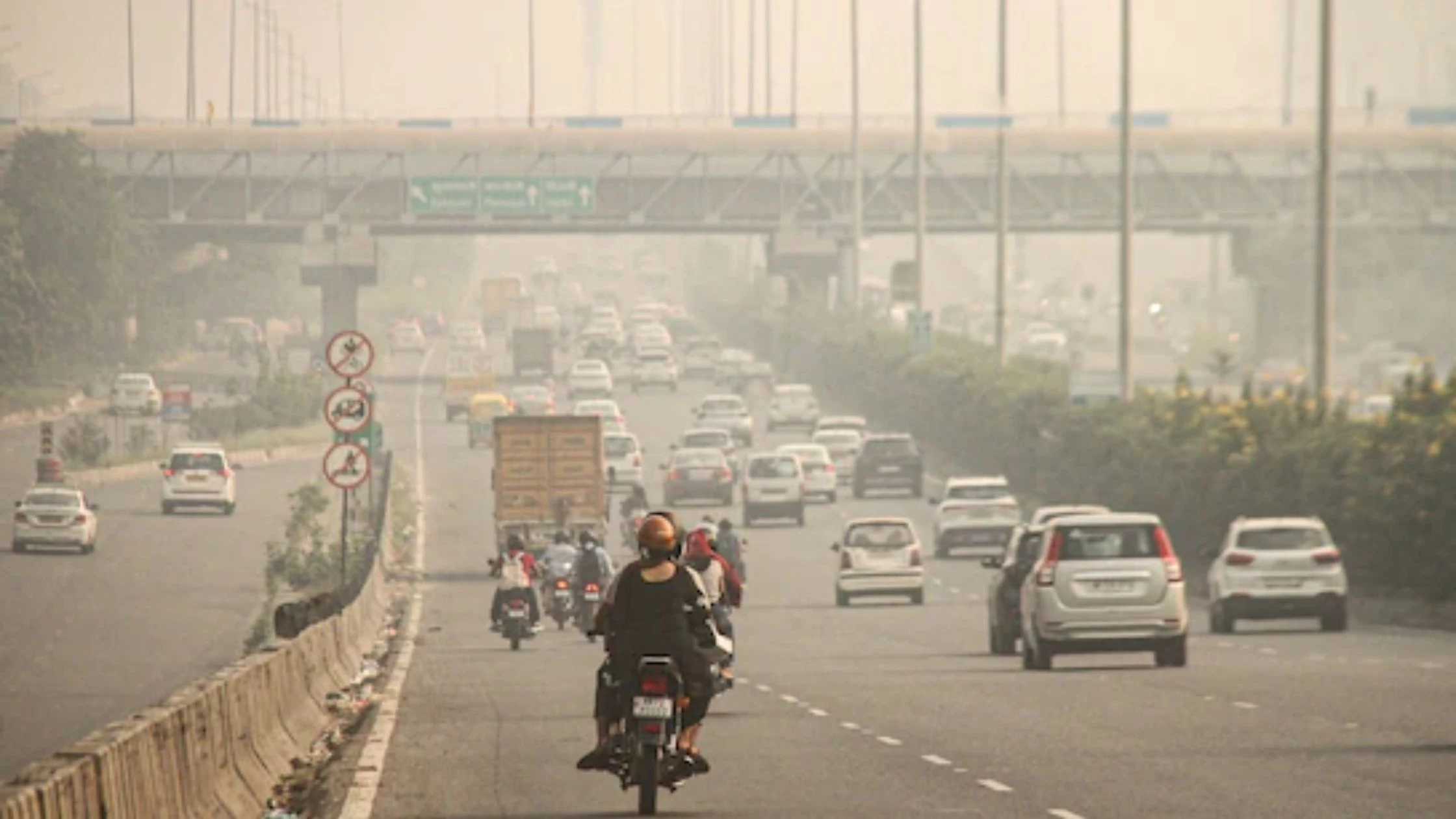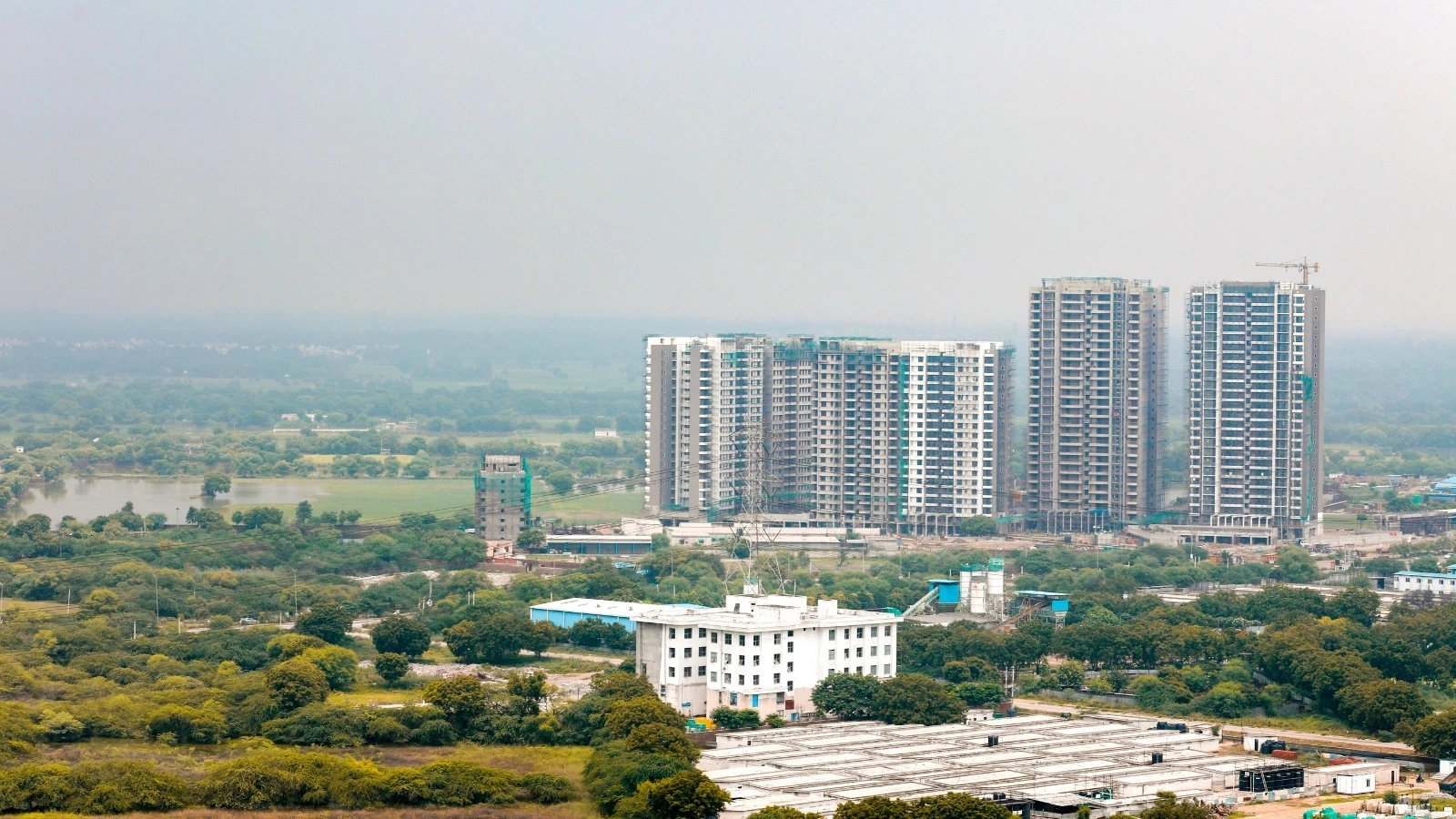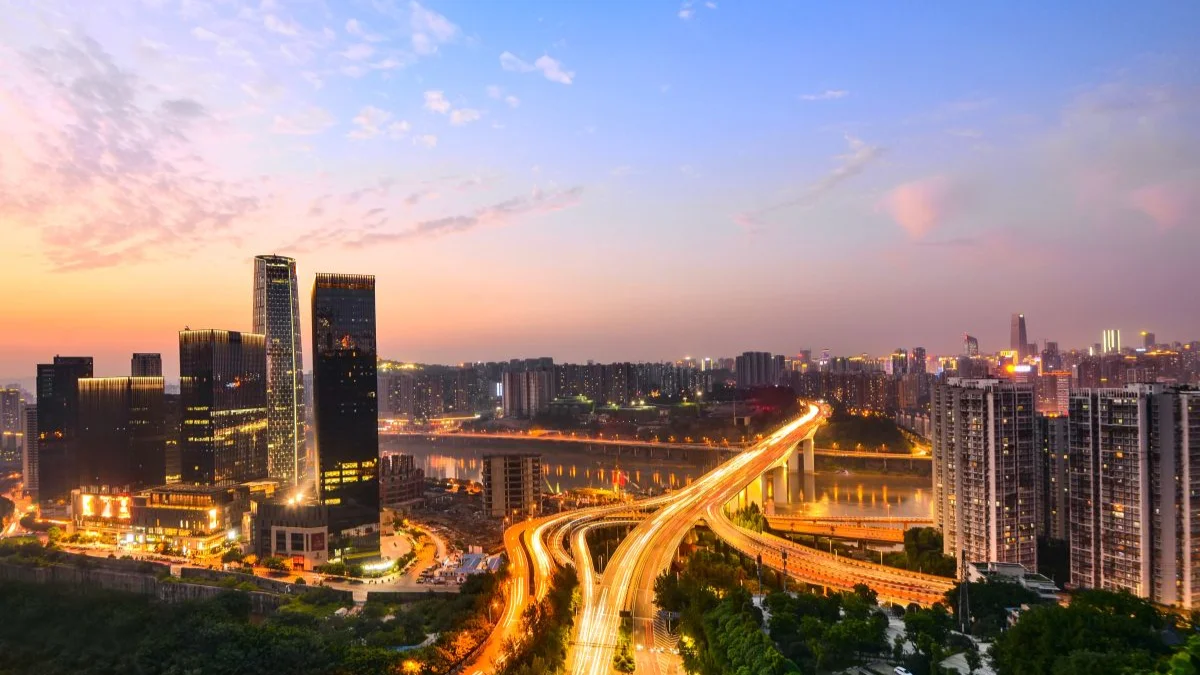Table of Content
For those who visited Ayodhya before 2014, the town resembled many others. Situated to the east of the old city Faizabad, Ayodhya attracted pilgrims from all over India as one of the seven sacred cities for Hindus, given its status as the birthplace of Lord Ram. However, neither the infrastructure nor the magnificence of the temple inspired any sense of awe among the visitors.
All that changed after a Supreme Court judgement in 2019 paved the way for the construction of the $180-million Ram Temple project on a contentious site. The prospects of the old city improved further when the state government unveiled its plans to develop an international airport in Ayodhya upgrading the existing airstrip. Adding more value to the city’s connectivity net is improving rail and road facilities.
The Ram Temple and the emergence of Ayodhya’s connectivity net

Ayodhya is already in the middle of an infrastructure resurgence through a $6-billion infrastructure facelift, with the government leaving no stone unturned to facilitate the economic boom in Ayodhya by expanding the connectivity net.
For the uninitiated, Ayodhya lies in the south-central part of Uttar Pradesh. It used to be part of the erstwhile Faizabad district, named the Ayodhya Dham Railway Station, with its own train station.
However, in 2019, chief minister Yogi Adityanath-led Uttar Pradesh government announced that the Faizabad District would be known as Ayodhya from then onwards. Subsequently, the Faizabad Railways Station was named as the Ayodhya Cantonment Railway Station. This means those travelling to the city can get down either at the Ayodhya Cant Railway Station or the Ayodhya Dham Railway Station.
The Ram Mandir is 2 km from the Ayodhya Dham Railway Station. It is 5 km from the Ayodhya Cantonment Junction (earlier Faizabad Railway Station). You can hire private taxis, autos and e-rickshaws from both locations at affordable prices to reach the temple. The Airport in Ayodhya is 8 km from the Ram Temple along the Gorakhpur-Lucknow National Highway.
Those travelling from other parts of the country from where a direct flight to Ayodhya is unavailable can take a flight to either Lucknow or Varanasi and then take a train/bus/taxi ride to the city.
Also known by various names such as Avadh, Awadh, Oudh and Saket, Ayodhya is well connected with the remaining parts of India through the Gorakhpur-Lucknow National Highway.
The changing face of real estate in Ayodhya

As the government is developing Ayodhya as a spiritual centre, a global tourism hub and a sustainable smart city to tap its potential as a tourist hub of international repute, city officials expect about 4.5 million tourists a month once the Ram Mandir opens on January 22. This will be more than Ayodhya’s entire population of 3 million. A frenzy in economic activity, particularly in the real estate sector, is the apparent outcome of this phenomenal change the city is currently undergoing.
While government-led parks, roads, bridges, townships, ashrams, maths, hotels, facilitation centre and a world- class museum are planned to be built, special attention is being devoted to the development of infrastructure around the Sarayu River and its ghats with plans to make cruise operation a regular feature.
The lure of the land has been such that sector biggies are queuing up to invest here. Several townships and private hotels by leading private developers are expected to come up in the city. The House of Abhinandan Lodha, for instance, has bought a 25-acre land parcel in Ayodhya to launch a residential project worth Rs 1,200 crore.
Also Read: Everything about Ayodhya's Sarayu, House of Abhinandan Lodha project
Land price rally in Ayodhya
As Ayodhya evolves into a globally renowned tourist destination, investors from all corners of the country are eagerly vying for a stake in its booming real estate market. Consequently, property prices have witnessed a remarkable surge over the past decade, particularly in the last couple of years following the commencement of construction on the temple and airport after the laying of the foundation stone by Modi on August 5, 2020.
Local real estate agents report a substantial increase in land rates along the Ayodhya Bypass Road, soaring from Rs 1,000 per square foot to Rs 5,000 per square foot. Similarly, the prices of land in proximity to the Chaudah Kosi Parikrama, the Ring Road, and the Lucknow-Gorakhpur Highway have surged from Rs 600 per square foot to Rs 2,500 per square foot.
Projections indicate that with the expected tourist footfall reaching four to five times the current numbers by the end of 2024, land rates around the temple have experienced appreciation ranging from 12 to 20 times, according to private estimates.
Also Read: Real Estate Boom in Ayodhya-Faizabad Region 2024: Investments Soar Due to Ram Mandir
Should you invest in Ayodhya?
Ayodhya real estate is showing great promise, and investing here right now could help you reap significant monetary benefits. However, a word to the wise: steer clear of too-good-to-be true land deals. Investing in upcoming government-led apartment projects could be a better idea. You can also rely on branded developers to keep your investment safe. While the investment value in such deals could be a lot higher, being safe is more important than any mind-boggling money-making prospects. Be advised that land-related frauds in the city have also grown dramatically.
Also Read: Stamp duty in Ayodhya in 2024








_1766133697.webp)